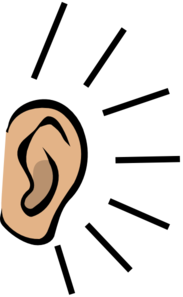Travelling sound
This task is about choosing evidence to support a science idea.

Scientists often start with an idea and then observe carefully to find evidence that their idea might be right. Danny's group collected some scientists' ideas about sound. They then wrote down some things they knew or had noticed about sound. In the boxes beside each piece of evidence select the letter of the science idea that it relates to.
Scientists' ideas
|
||||||

